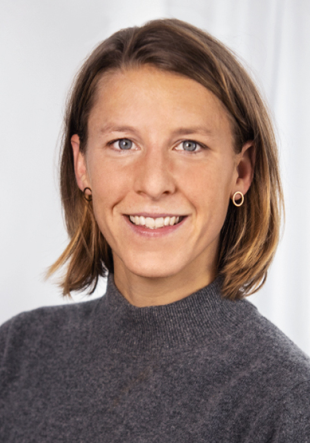Second project phase of the DFG research project "ViMo" starts in April
Mathematical modelling in the form of reality-based text tasks, in which the respective questions are answered using mathematical means, is an important part of school education. However, many pupils find it difficult to solve modelling problems. The "ViMo" research project, in which scientists from Paderborn University and the University of Münster are working together, aims to support them and develop suitable methods to improve their modelling skills. The second project phase, "ViMo 2", will start in April and is scheduled to run for three years. The project is being funded by the German Research Foundation (DFG) with around half a million euros.
Initial research left questions unanswered
In the first phase of the project, drawing a sketch proved to be a promising strategy for promoting modelling skills in the field of geometry. "However, it turned out that simply asking pupils to draw a sketch was not enough for them to benefit from it. The question of how these modelling skills can be effectively promoted in the classroom remained unanswered," says Prof. Johanna Schönherr from the Institute of Mathematics at Paderborn University, who is leading the project together with Prof. Stanislaw Schukajlow from the University of Münster.
Promoting strategy through imitation
"The aim of the second phase of the project is to find out what role the teaching of strategic knowledge in the classroom plays in the quality of sketches and modelling performance," says Schönherr. As an innovative form of instruction, the scientists rely on the method of so-called "eye movement modelling examples", in which certain videos are used in which predefined eye movements are visible during the creation of a sketch for a modelling task. "Put simply, we show the students where they should look. If the students see in the model's eye movements that only selected, important information is being focussed on, we assume that they will also make more of an effort to filter out the important information," explains Schönherr.
A total of four studies are planned at around twelve comprehensive schools in North Rhine-Westphalia. "The results of this project will not only contribute to a theoretical gain in knowledge, but also have practical relevance for maths teaching practice," says Schönherr confidently.
This text has been translated automatically.


